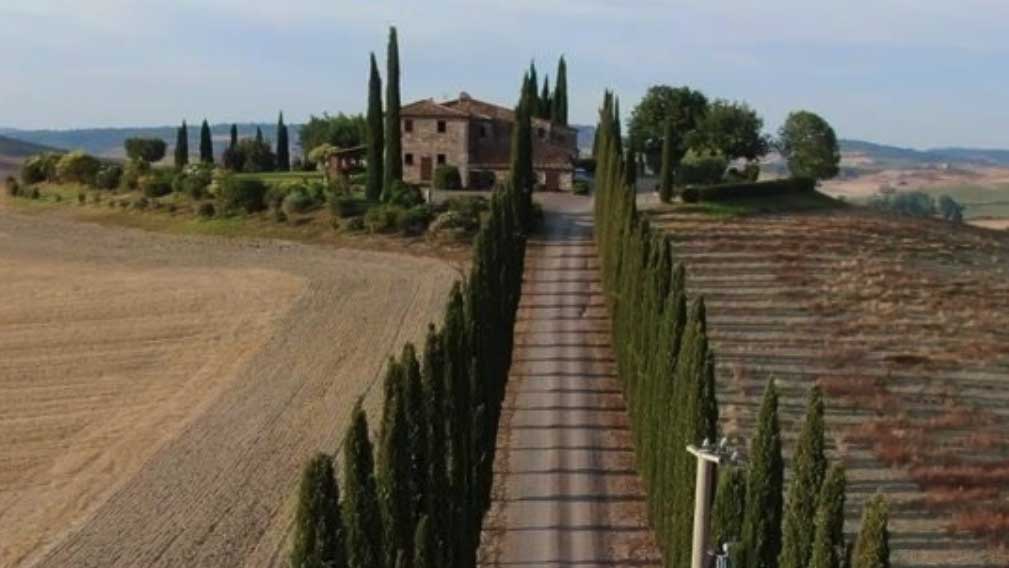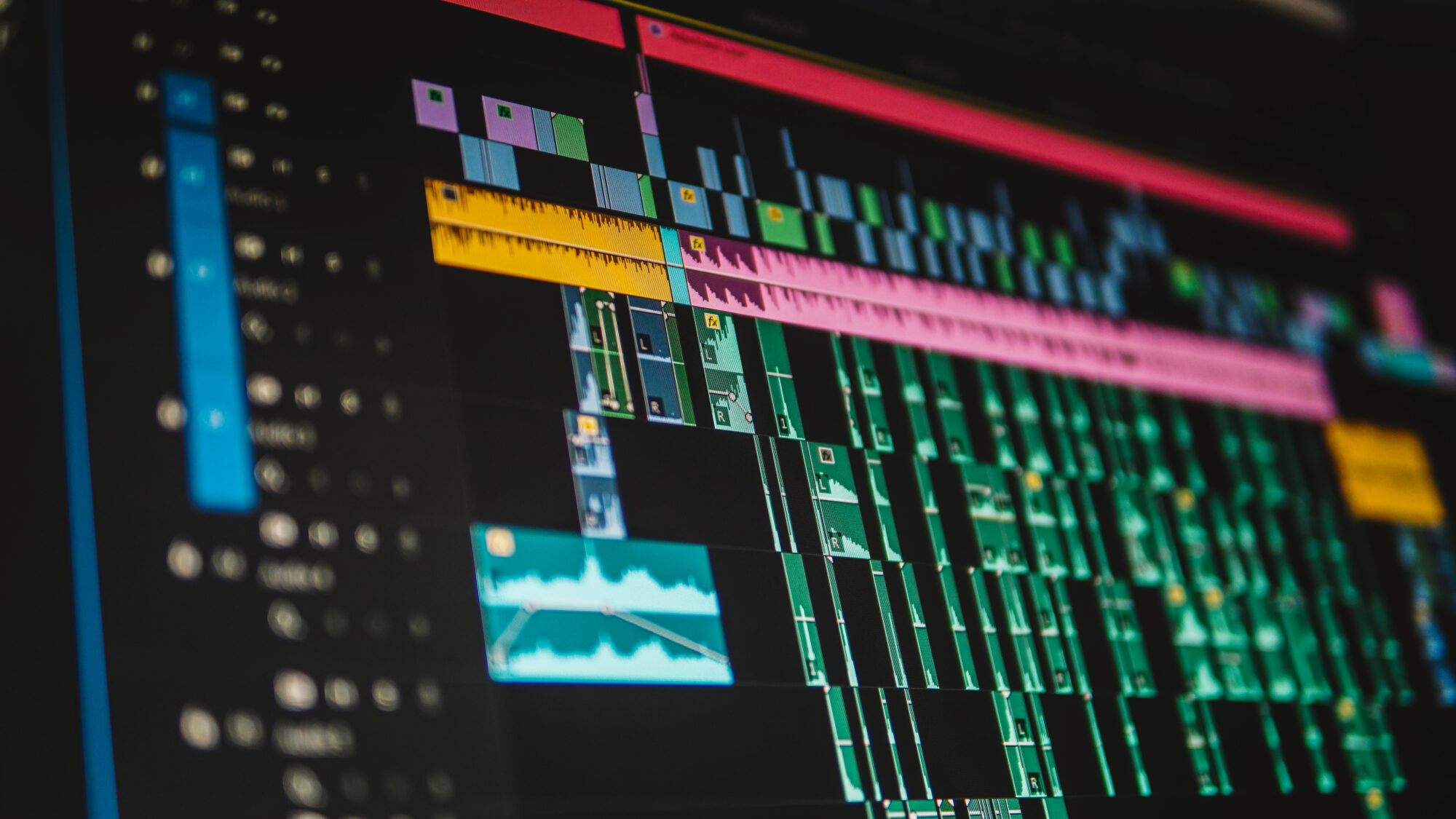The 80/20 Rule and how we apply it
80% of the result comes from 20% of the effort

applying the rule
We combine efficient filming, strong production values and considered use of coding and technical SEO to create content that delivers far more than just a sum of its parts.
Researching the best stories or pieces to reach your audience and film or write, means your content is going to connect favourably.
Coding it so that the search engines read it too, pretty much guarantees results and as Google’s focus moves ever more to content that differentiates businesses, producing the right content delivers these results.
Years of working with iconic brands while simultaneously helping smaller businesses and charities, has helped identify what works to deliver 80% of the results for 20% of the budget. The 80 20 rule in action!
Big companies work really hard to find that extra 20% of market share, and its expensive. If you’re small or a growing SME, 80% success for 20% spend is probably a much better use of your resources.
With filming, we are able to do the research and scriptwriting in house, and film in a relaxed manner because we know we will edit in house too, the speaker doesn’t have to be perfect and we can take time to get the footage we need.
That takes the pressure off everyone, cuts costs, improves communication and also reduces time to delivery. Whether shooting interviews or processes, knowing the purpose and the final result required makes the project efficient.
We then provide fully optimised content, to include associated SEO and Schema and any coding, for sites and social medi concentrating on the parts of the mix that really work.
This approach is effectively applying the Pareto Principal of delivering the most for the least spend.
understanding the rule
My own exposure to the rule though came through programming where it is usually taken to be the basis of the Constructive Cost Model to estimate the cost of software. 80% of a piece of software generally can be written in 20% of the time, the final and hardest bit, invariably 20%, takes 80% of the time.
I have two brilliant freelance programmers, their standard outstripped almost every other programmer I’ve worked with and both are perfectionists. I soon learnt to cost everything by the 80/20 rule, knowing that 80% cost for the final push had to be factored in. That kept our fees fair and the results perfect every time. But I also learnt in other areas, I could spend the client’s budget very differently.
SEO and web design/development are two key areas, I found I could make very real savings and that could offset the high programming costs. Hosting and security were two areas I definitely wouldn’t look for savings and often encourage a client to increase the share of budget spent there.
Schema is always the key area of SEO we concentrate on particularly with video as it enables a script be read and understood by search engines, it also tells them about the business and location and FAQ. We also apply SEO direct to the site database, it’s simply efficient that way.
Researching key words is important but we only do it at the start of a project, they don’t tend to change so why pay for them monthly?
If a site doesn’t work and we need rebuild it, we use particular themes that are fast and secure and are generally influenced by other site designs the client likes. Being good programmers, we can generally reproduce, never copy of course, something that looks great and make it work much better.
Considering what is going to work best and where savings can be made enables a 20% spend that really gives 80% return.





